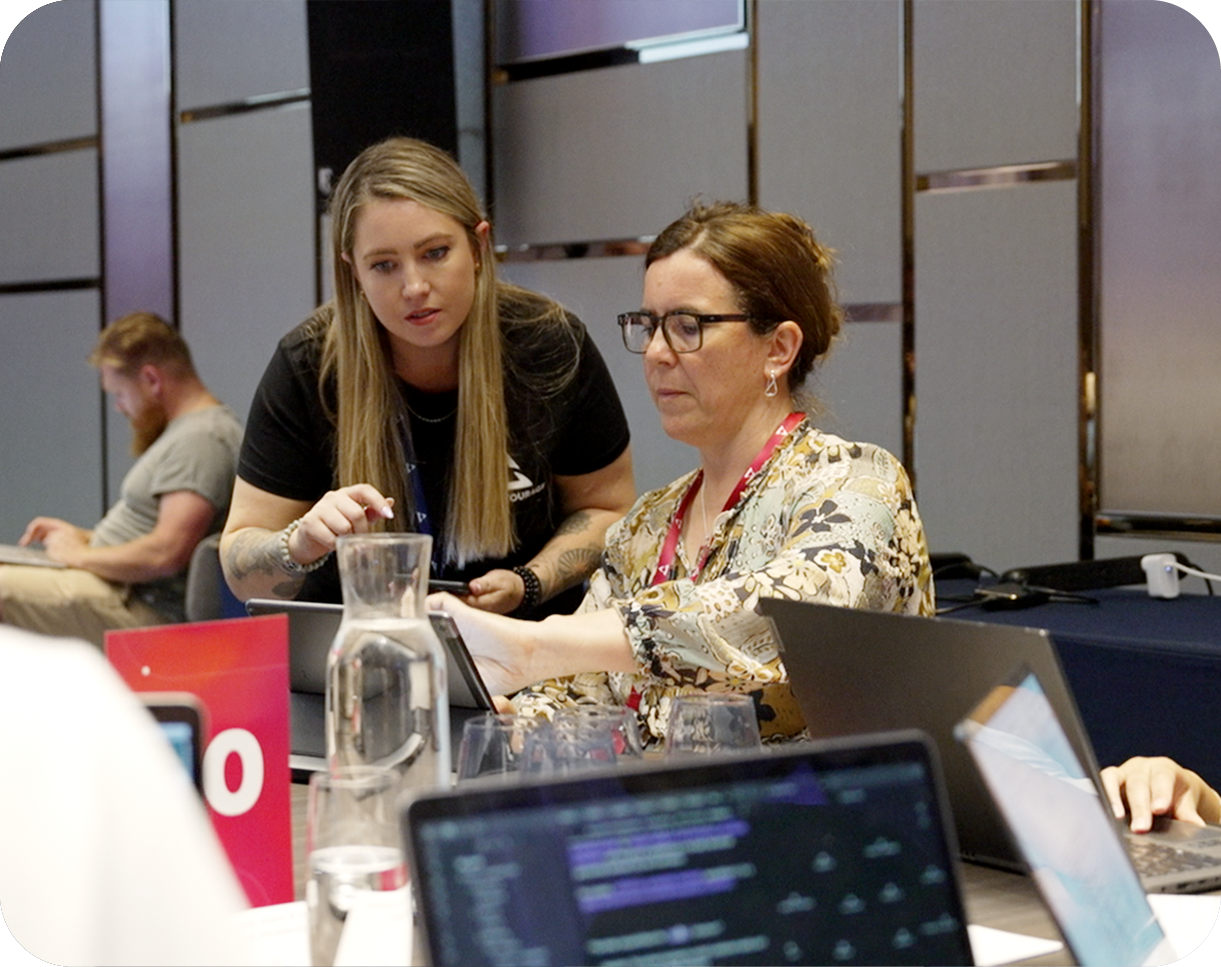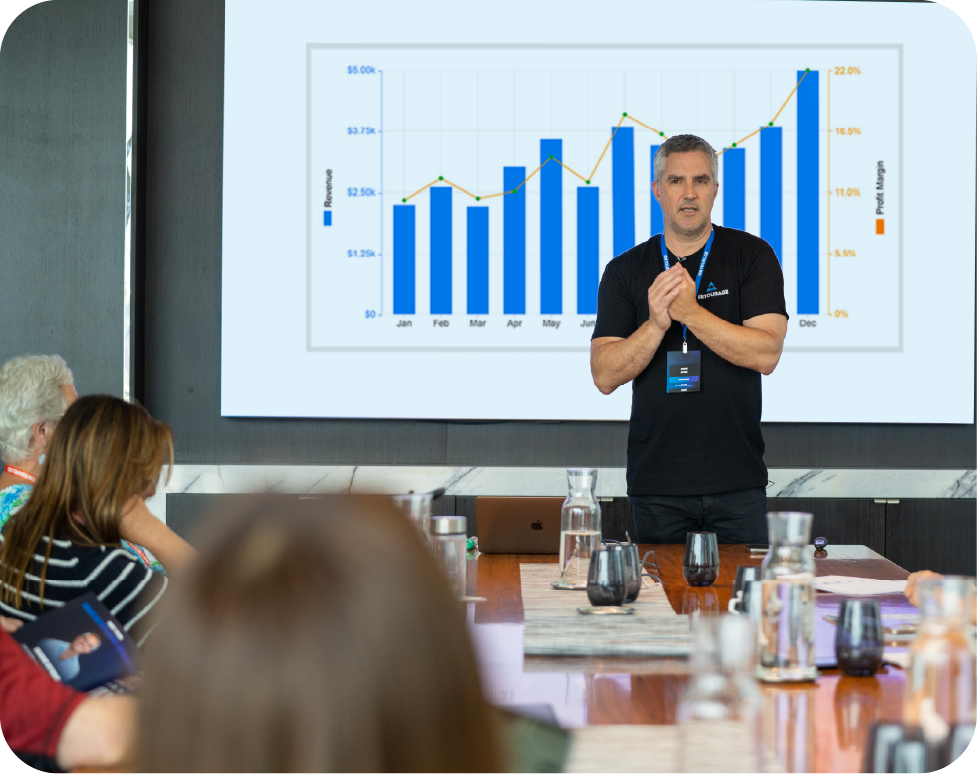Greenhouses have long been associated with agriculture and horticulture, but they have taken on a new role in education. Schools, colleges, and universities are increasingly incorporating greenhouses into their curricula to provide hands-on learning opportunities for students. These structures serve as living laboratories, where students can study plant growth, sustainability, and environmental science while developing practical skills. Selecting the right greenhouse design is crucial to ensure it supports educational goals, fosters curiosity, and remains durable for long-term use.
Image Source: https://unsplash.com/photos/green-watering-can-in-green-house-RBdE3jv5y68
Aligning Greenhouse Design with Educational Objectives
Before selecting a greenhouse, schools must first determine their educational objectives. A greenhouse intended for elementary students may emphasize simplicity and safety, with easy-to-access benches and clear observation areas. At the high school or university level, the design may need to support more advanced scientific projects, including hydroponics, aquaponics, or environmental monitoring systems.
When planning, administrators and educators should consider how the greenhouse will be used throughout the school year. Will it focus on basic botany lessons, or will it be part of larger sustainability projects? Some schools use their greenhouse to supply cafeterias with fresh produce, while others emphasize research projects that prepare students for careers in environmental science. Having a clear vision helps in choosing a structure that is functional, scalable, and aligned with the school’s broader educational mission.
Exploring Available Structures and Layouts
One of the most important steps in the selection process is evaluating the variety of greenhouse designs available. Institutions looking for tailored options can explore greenhouse designs for schools, which often incorporate safety features, modular expansions, and energy-efficient technologies. Depending on the available budget and space, schools may choose from freestanding structures, lean-to greenhouses attached to existing buildings, or modular units that can expand as programs grow.
Freestanding greenhouses are ideal for schools with ample outdoor space and a need for flexibility. Lean-to designs may be more practical for urban schools, as they maximize existing walls for insulation and reduce construction costs. Modular greenhouses are particularly popular for educational use because they allow administrators to start small and expand the structure as the demand for hands-on programs increases.
Safety and Accessibility Considerations
Safety is paramount when designing greenhouses for educational use, particularly since students of varying ages will interact with the structure. Designs should ensure sturdy construction with shatter-resistant materials such as polycarbonate panels instead of glass. Proper ventilation and climate control systems should be installed to promote plant health and to create a comfortable learning environment for students.
Accessibility is equally important. Wide aisles and adjustable bench heights ensure that all students, including those with mobility challenges, can fully participate. Automatic doors, proper signage, and safety protocols for handling tools and chemicals must be part of the design. A greenhouse that prioritizes safety and accessibility becomes more than just a learning space; it becomes an inclusive hub for scientific exploration.
Energy Efficiency and Sustainability Features
Greenhouses for schools should align with sustainability goals, teaching students about responsible resource management. Incorporating energy-efficient technologies, such as LED grow lights, solar panels, and rainwater harvesting systems, can significantly reduce operating costs while demonstrating real-world applications of green technologies. Thermal mass systems, including water barrels or stone flooring, can help regulate temperature naturally by storing heat during the day and releasing it at night.
By investing in sustainable features, schools save money in the long term and reinforce critical environmental lessons. Students witness firsthand how renewable energy and resource-efficient systems function, making the greenhouse a living model of sustainability.
Curriculum Integration and Learning Opportunities
The value of a school greenhouse lies in how effectively it integrates with the curriculum. Science classes can use the space for biology experiments, while math students can apply skills by tracking growth rates or calculating irrigation needs. Culinary programs may grow herbs and vegetables for cooking lessons, and art students can use the greenhouse as inspiration for drawing or photography projects.
Greenhouses provide opportunities for interdisciplinary learning. A project on climate change might involve students studying plant growth under varying conditions, tracking carbon usage, and presenting their findings in a cross-departmental project. Greenhouses foster responsibility by involving students in daily maintenance tasks, teaching discipline, and accountability through real-world applications.
Budgeting, Maintenance, and Long-Term Planning
Selecting the right greenhouse design requires careful consideration of budget and ongoing maintenance costs. While the initial investment may seem high, a well-constructed greenhouse can last for decades with proper upkeep. Schools should budget for heating, cooling, and irrigation systems, as well as replacement parts for panels or frames.
Maintenance plans should involve the school community. By establishing student-led garden clubs or integrating greenhouse care into science classes, schools can spread responsibilities while encouraging engagement. Regular inspections, preventative maintenance, and seasonal adjustments will help ensure the greenhouse remains an effective learning tool year-round.
Image Source: https://unsplash.com/photos/photo-of-green-leafed-trees-0Nos8QpdQOI
Greenhouses offer schools an invaluable resource for teaching science, sustainability, and responsibility. By carefully selecting designs that match educational objectives, prioritize safety, incorporate sustainability features, and integrate seamlessly into curricula, schools can maximize the benefits of their investment. The right greenhouse fosters hands-on learning, interdisciplinary exploration, and environmental stewardship, creating a legacy of knowledge and awareness that extends well beyond the classroom.
Related Categories
Ryan Terrey
As Director of Marketing at The Entourage, Ryan Terrey is primarily focused on driving growth for companies through lead generation strategies. With a strong background in SEO/SEM, PPC and CRO from working in Sympli and InfoTrack, Ryan not only helps The Entourage brand grow and reach our target audience through campaigns that are creative, insightful and analytically driven, but also that of our 6, 7 and 8 figure members' audiences too.





